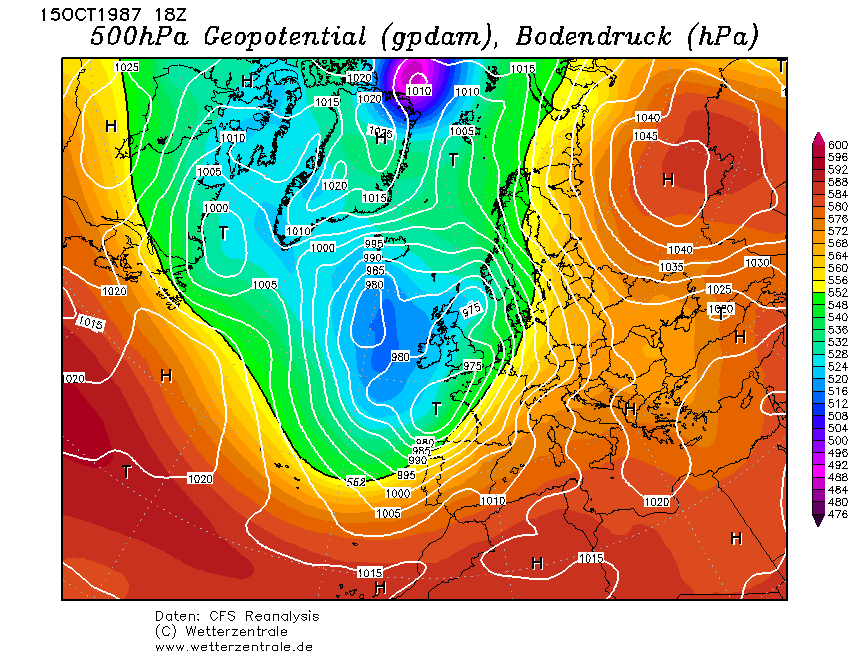
As the UK marks the 29th anniversary of the Great Storm of 1987, memories of that devastating night are still vivid for those who lived through it. On the night of October 15-16, 1987, hurricane-force winds reaching speeds of 100 mph tore across the southern part of the country, leaving a trail of destruction in their wake. The storm, which killed 18 people and uprooted an estimated 15 million trees, remains one of the most powerful weather events in the UK’s modern history. Now, nearly three decades later, the lessons learned from that night continue to shape how we prepare for extreme weather events.
The Night the Storm Struck
For many, the night of October 15, 1987, began like any other. There had been some weather warnings earlier in the day, but few expected the devastation that was about to unfold. Meteorologists had largely underestimated the severity of the storm, and it wasn’t until the early hours of October 16 that the full extent of its fury became apparent.
As the storm made landfall, southern England bore the brunt of its power. Winds howled through towns and cities, tearing roofs from houses, smashing windows, and sending debris flying through the air. In some areas, entire streets were left in ruins, and the storm surge along the coast caused additional damage. In the countryside, trees were toppled like dominoes, with ancient woodlands and parks taking a particularly heavy toll.
A Country in Chaos
The aftermath of the storm was a scene of chaos and devastation. About 15 million trees were brought down, many falling onto roads and railways, causing widespread transport disruption. In cities like London, major commuter routes were blocked, and train services were canceled, leaving thousands stranded. Cars were crushed under the weight of fallen trees, and power lines were brought down, plunging large areas into darkness. In some regions, it took weeks for electricity to be fully restored.
The storm also took a tragic human toll. Eighteen people lost their lives, many of them killed by falling trees or debris. Emergency services were stretched to their limits as they worked around the clock to rescue those trapped in their homes and clear the wreckage left behind.
The Environmental Impact
One of the most lasting effects of the Great Storm was the widespread destruction of the UK’s natural landscapes. Entire forests were decimated, and parks that had stood for centuries were left unrecognizable. The iconic Kew Gardens, for example, lost hundreds of trees, some of which were over 200 years old. The loss of trees was not just an aesthetic blow but also a significant environmental one, with ecosystems disrupted and habitats destroyed.
In the years that followed, extensive replanting efforts were undertaken to restore some of the damage, but the landscape in many areas remains changed forever. However, the storm also highlighted the resilience of nature. Many woodlands have since regenerated, and new growth now stands where the storm once wreaked havoc.
Lessons Learned and Legacy
In the wake of the Great Storm, significant improvements were made in weather forecasting and emergency preparedness. The event exposed the limitations of existing meteorological models, prompting the development of more sophisticated forecasting technologies and early warning systems. Today, the Met Office can provide more accurate predictions, helping to ensure that the country is better prepared for extreme weather events.
The Great Storm of 1987 remains a defining moment in the UK’s relationship with nature’s unpredictability. As the 29th anniversary passes, it serves as a reminder of both the destructive power of the weather and the importance of being prepared for the unexpected. While the physical scars of the storm have largely healed, its memory still looms large in the collective consciousness of the nation.
Leave a Reply